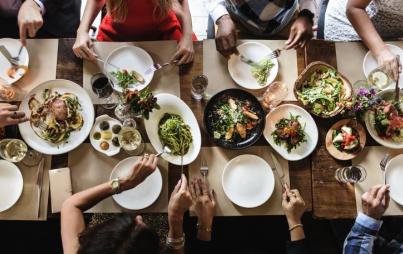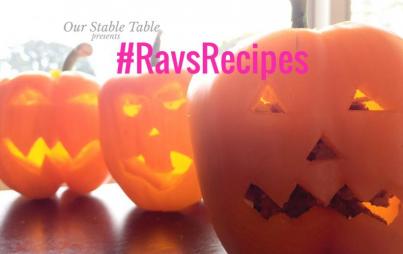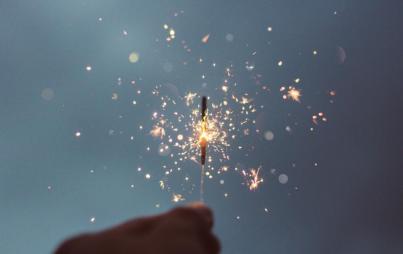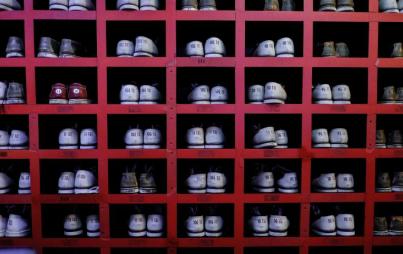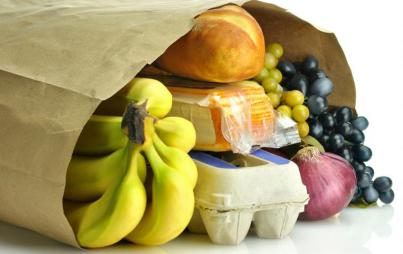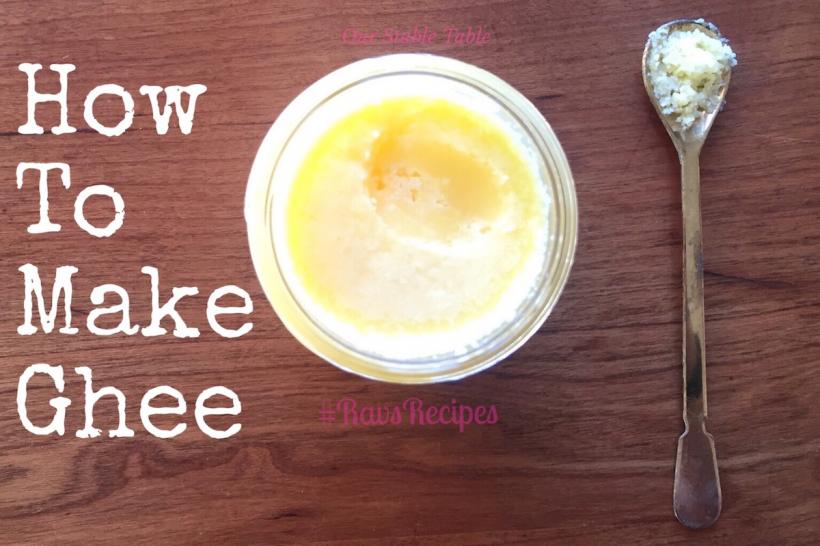
Several years ago, I decided to study Ayurveda. I thought I knew what Ayurveda was (I didn’t) and thought it would be pretty easy to grasp (it wasn't). It’s part science, part spiritual practice, part art, and part practical application. As with any sort of new adventure, I soon realized how naive and privileged my approach was. It was a year of my life spent in understanding ancient traditions and honoring a centuries old practice and science.
It stretched me, challenged me, and ultimately informed every aspect of my life. It still does.
Because I love food, I was most excited about Ayurvedic cooking methods. As with all things Ayurveda, there is a connection between the body, mind, and spirit. My instructor was committed to teaching us how to learn this culinary science with mindfulness. I was committed to honoring the age old methods of preparation.
Our first lesson was in making ghee. For those of you who don’t know what ghee is, it is made when butter is heated and the milk solids are removed. It differs from clarified butter on many points, but I’ll get there in a moment.
Here are the lessons, as taught by my instructor:
Lesson 1
“Use only butter from happy, healthy, grass-drunk cows. No antibiotics or RBST allowed. The quality of your cows will be the essence of your ghee.”
Kerrygold checks these boxes most easily and is readily available here in the US.
Lesson 2
“Turn on your heat. Low and slow. This is hard because we want things to be done immediately. We have an immediate culture. Ghee requires patience.”
Low heat for hours is what she actually meant. No higher than a 2 out of a 10.
Lesson 3
“A watched pot never boils, but if you turn your back on ghee, it burns.”
I don’t know if you have ever bought Kerrygold butter before, but it’s expensive. Burning it is a sin against human and bovine kind. It’s easy to forget about it, ignore it, or get distracted. This will happen once to you and then it will never happen again.
Lesson 4
“As the milk solids begin to separate, the heavy solids will drift down to the bottom and foamy ones will drift to the top. Do not disturb the ghee, except to skim the foamy solids from the top. Be gentle, use a shallow reach, and do this sparingly.”
There is a bit of a learning curve for this one. You want to reserve as much ghee as possible, which means the more you skim, the less you’ll have at the end. It also can be disruptive to the process, so limit it to just a few skims over a couple of hours. Oh, right! I should mention again: This takes HOURS.
Lesson 5
“When the foam stops rising and you can see down to the solids on the bottom of the pan, this is the time to pay attention. The water is beginning to burn off, which will create the perfect consistency for your ghee.”
The foam will transition to transparent bubbles, and there will be fewer of them for sure. This is a critical point for the ghee.
Lesson 6
“When the bubbles stop, you will notice the solids on the bottom of the pan begin to darken. Do not let them burn! You can also notice a caramelized, slightly nutty aroma wafting upwards when you smell it. This is how you know it’s done.”
Okay, I’ve totally burned it. You might, too. You can still use it as browned butter in other recipes. But you’ll only burn it once and then you will never, ever burn it again. Chances are, you will overcorrect the next time and undercook it. That will be clarified butter, but it will not be true ghee.
Lesson 7
“Strain through triple layer unbleached cheese cloth and a strainer into a glass vessel. Remove the strainer and allow it to cool completely before covering with a lid.”
This. This is also hard. I have ruined ghee by covering it before it has had a chance to fully set and cool. This mistake is easily avoided with patience. Are you noticing a pattern?
Lesson 8
“This is a practice in meditation. Say your blessings and your mantras out loud while you make your ghee. Infuse it with your love and imagine the restoration and healing it will bring to the bodies who eat it, and the clarity of mind of those who receive it. When you taste it, take it all the way down past your cells, into your spirit, allowing it to connect you to the beautiful earth and humanity around you.”
Maybe this is what makes ghee a healing force, maybe it’s not. But if we are comprised of the food we eat, I’m happy to allow blessings to be a part of it.
So, are you up for the practice of making ghee? Patience and awareness are the first ingredients. It’s okay if you mess it up a couple of times. It’s okay if you curse the process. It’s okay if you completely ruin it. It will still be useable, edible, and full of wisdom for the next time you have two hours to devote to nourishing traditions and the conscious practice of patience.
Related
#RavsRecipes: Pumpkin Pie Waffles
5 Easy Ways To Go The F*ck Outside More Often
#RavsRecipes: Butternut Squash Au Gratin



